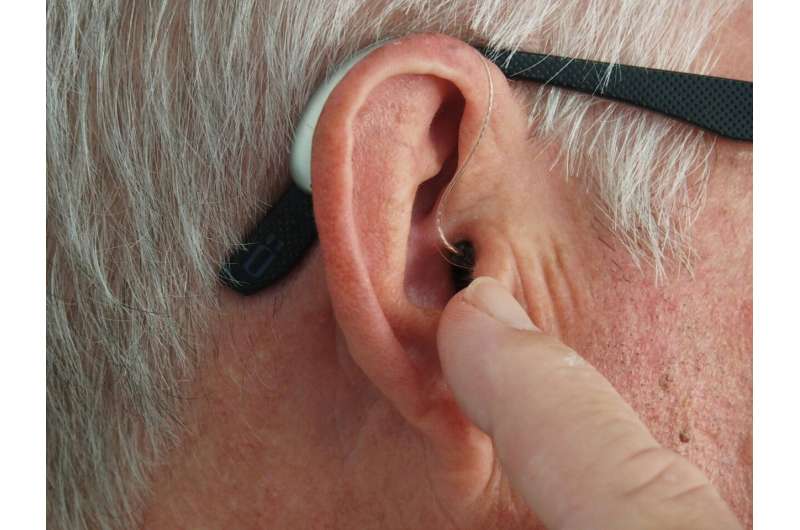Innovative Monitoring Device Provides Real-Time Insights into Brain's Waste Clearance System

A new wearable device enables real-time monitoring of the brain's glymphatic system, shedding light on its role in sleep and neurodegenerative diseases. Discover how this innovation could transform brain health research.
Recent advancements in neuroscience have led to the development of a groundbreaking device capable of observing the brain's waste removal process in real time. Published in Nature Biomedical Engineering, this study demonstrates how a specialized head cap embedded with electrodes can monitor fluid shifts in brain tissue, neural activity across sleep and wake cycles, and changes in blood vessels. This innovative approach allows researchers to track the functioning of the glymphatic system—a crucial pathway responsible for clearing brain waste and delivering nutrients—during different sleep stages over an entire night. Unlike traditional methods such as MRI, which offer limited temporal resolution, this device captures minute-by-minute changes, revealing surprising new insights.
The study found that the glymphatic system is active not only during deep sleep but also in REM sleep and even while waking, with its activity increasing as sleep persists and gradually slowing upon waking. This challenges previous assumptions, primarily based on rodent studies, that the system operates in a simple switch-like manner—activated only during slow-wave sleep.
Understanding how this system functions and is affected by sleep disruptions is vital because impaired glymphatic activity has been linked to neurodegenerative diseases like Alzheimer’s and Parkinson’s. The ability to monitor these processes continuously in humans opens new avenues for early diagnosis, risk assessment, and the development of therapies aimed at enhancing glymphatic clearance.
The wearable device, developed by Applied Cognition, has the potential to be used in various applications, including studying the role of glymphatic dysfunction in brain conditions, testing new treatments, and identifying at-risk individuals. The research was conducted with participants from the University of Washington and the University of Florida between October 2022 and June 2023, involving both benchmarking and replication studies.
Experts involved in the project emphasize that these findings could significantly impact our understanding of neurodegenerative diseases and facilitate the creation of targeted therapies to improve brain health by optimizing glymphatic function.
For more details, see the original study: link. This research paves the way for future advancements in preventing and treating conditions associated with impaired brain waste clearance.
Stay Updated with Mia's Feed
Get the latest health & wellness insights delivered straight to your inbox.
Related Articles
How Cells Prevent RNA Traffic Jams During Stress: New Insights from University of Michigan Research
Research from the University of Michigan reveals how cells prevent RNA traffic jams during stress by utilizing ribosome interactions, ensuring essential protein synthesis continues in challenging conditions.
Genetic Discoveries Link to the Most Common Pediatric Bone Cancer
New genetic research has identified mutations linked to osteosarcoma, the most common pediatric bone cancer, opening avenues for early detection and targeted therapies.
Children Living Near Oil and Gas Wells at Increased Risk of Rare Leukemia, Study Finds
Studies reveal that children living near oil and gas extraction sites face increased risks of developing childhood leukemia, emphasizing the need for stronger environmental protections.
How Hearing Loss and Loneliness Speed Up Cognitive Decline in Older Adults
New research shows that hearing impairment combined with loneliness can significantly speed up cognitive decline in seniors, emphasizing the importance of early hearing care and emotional support.



